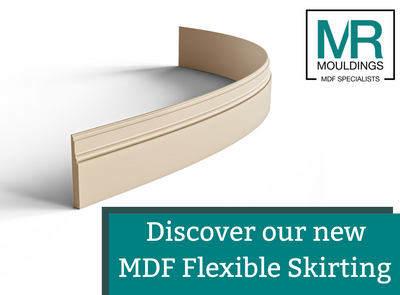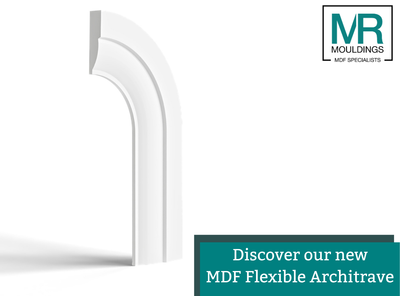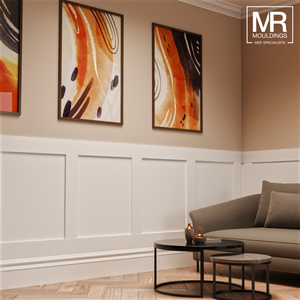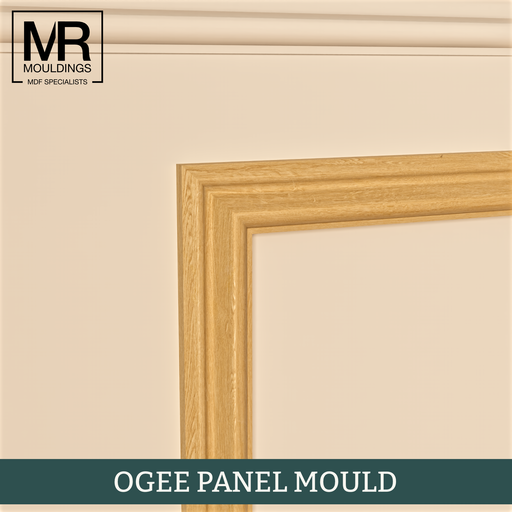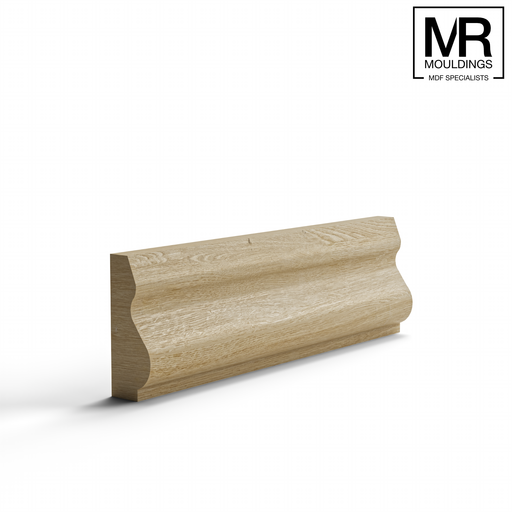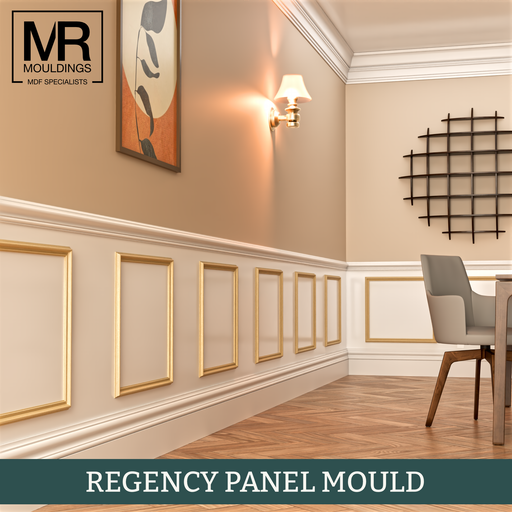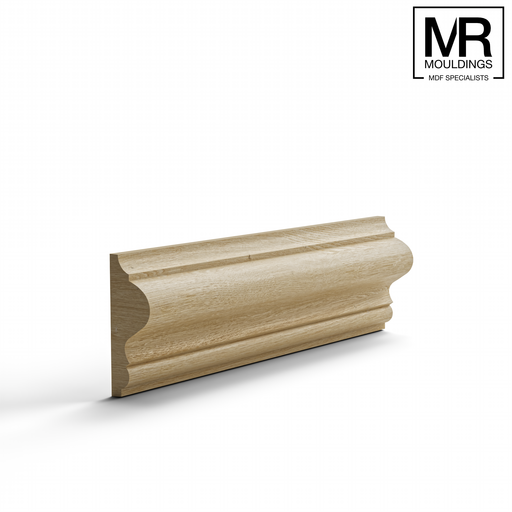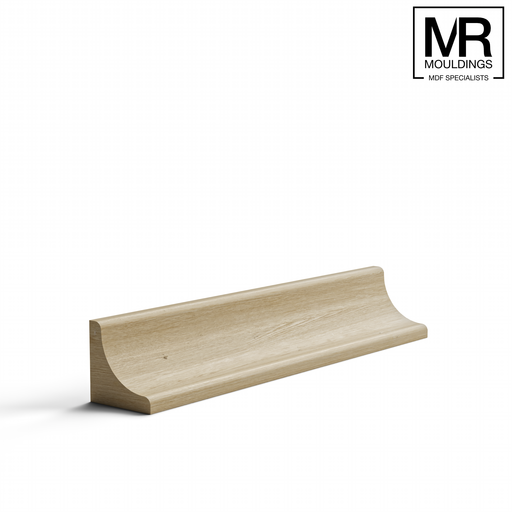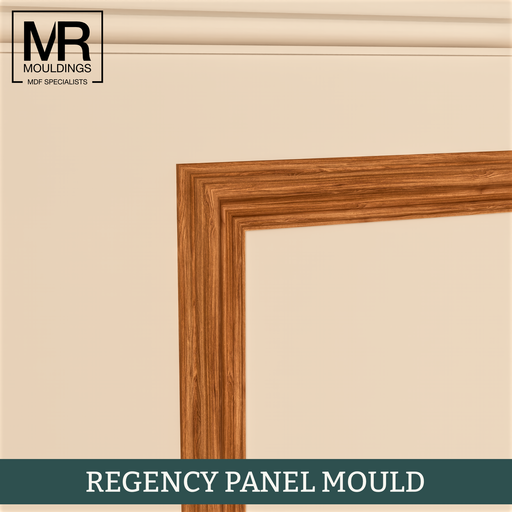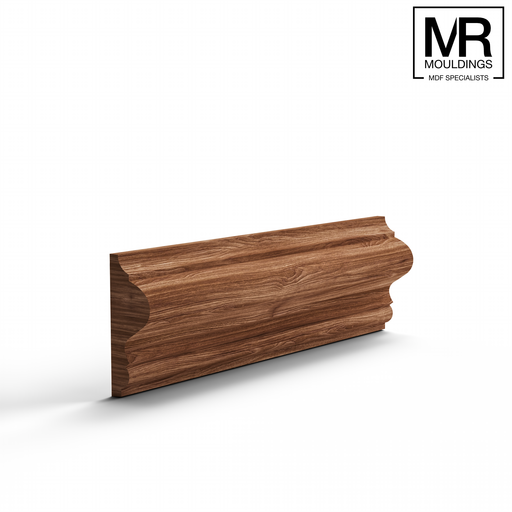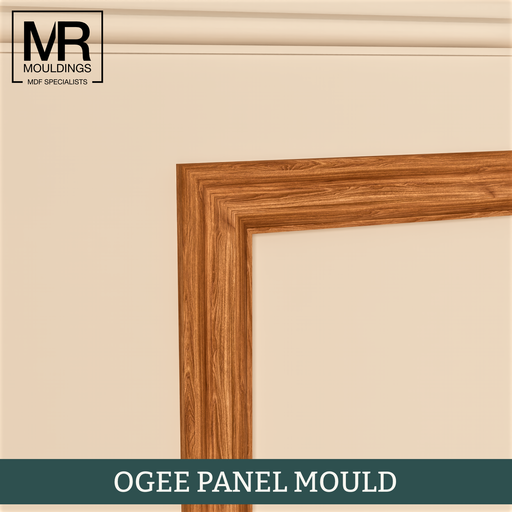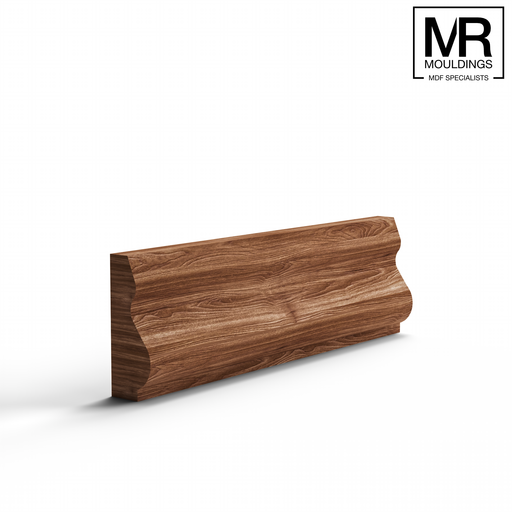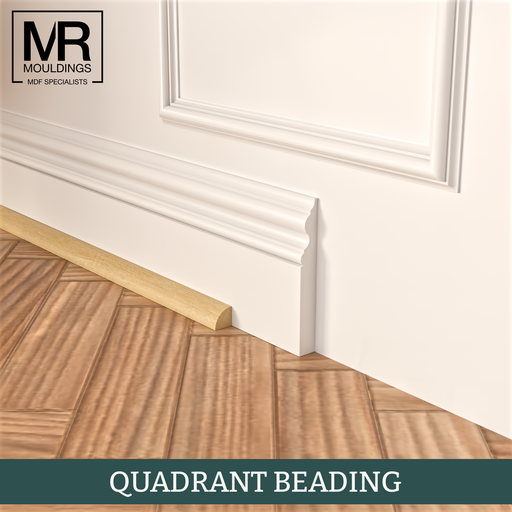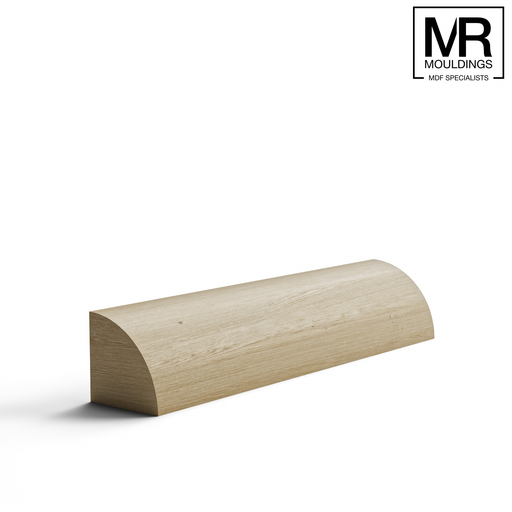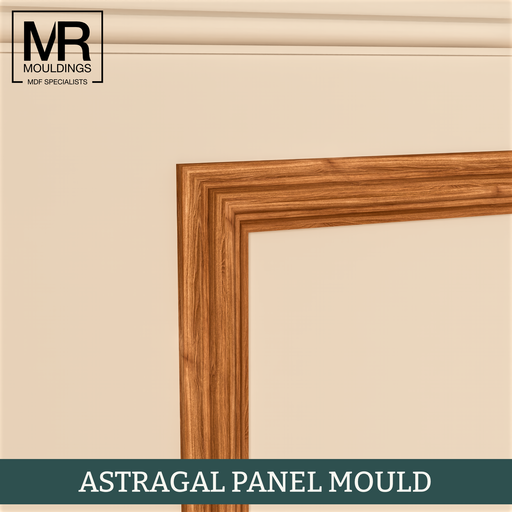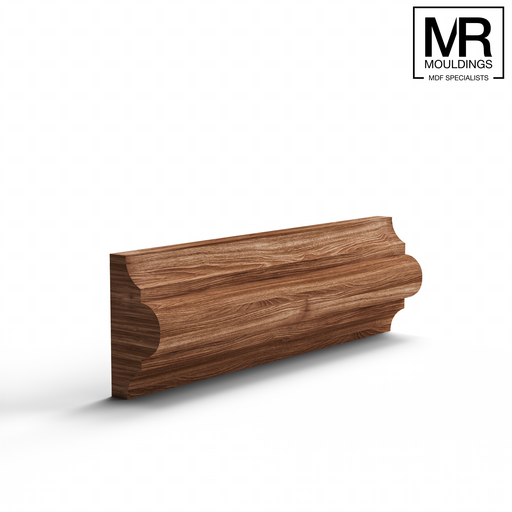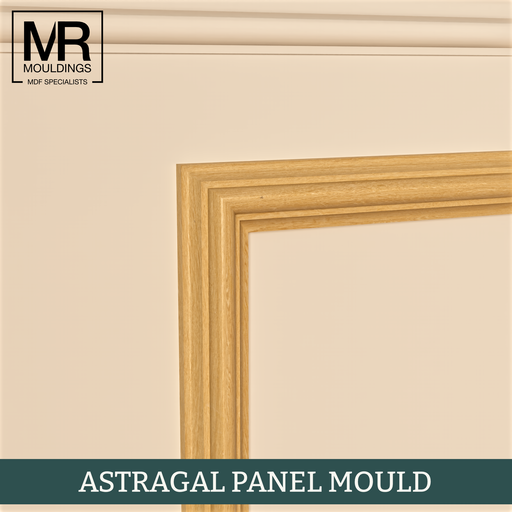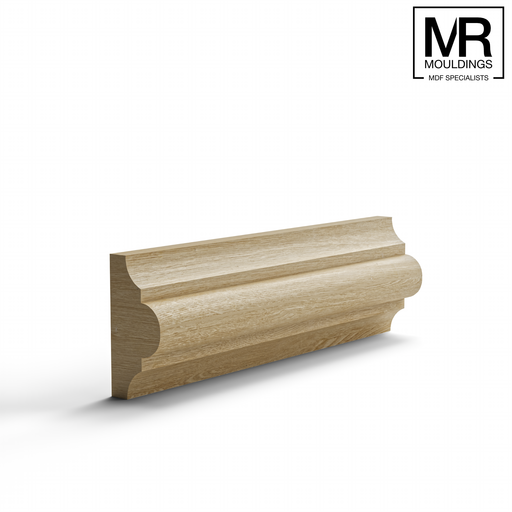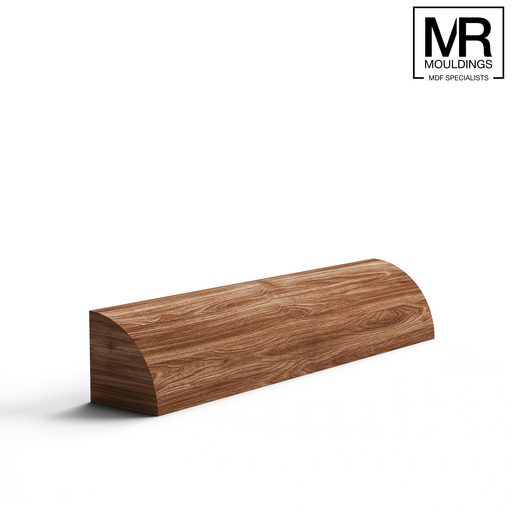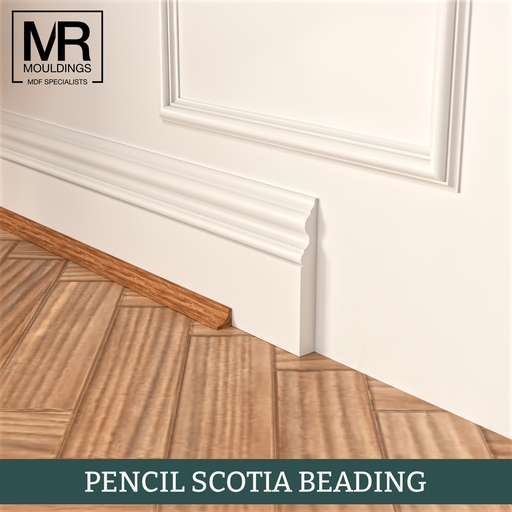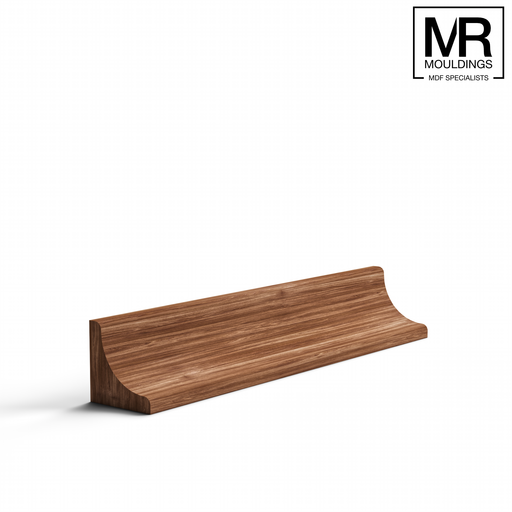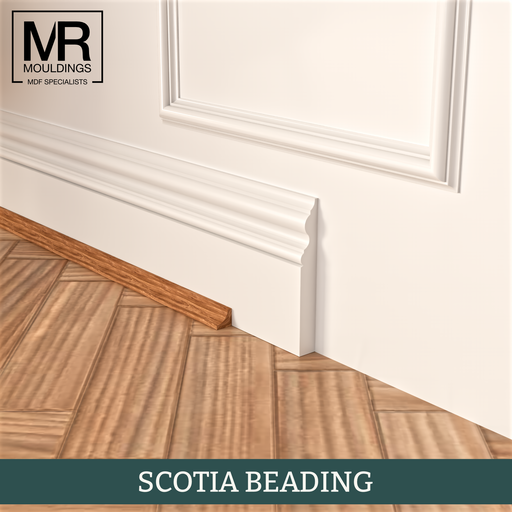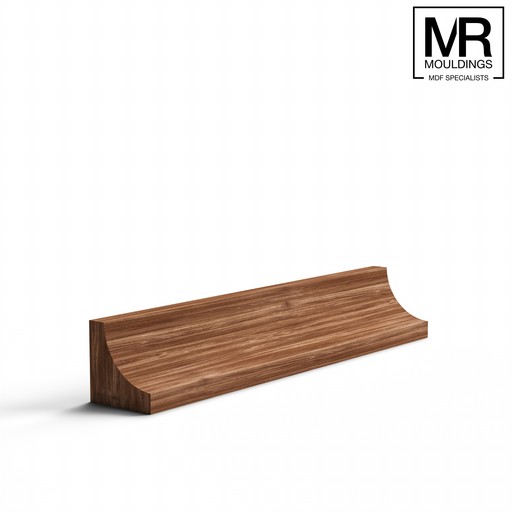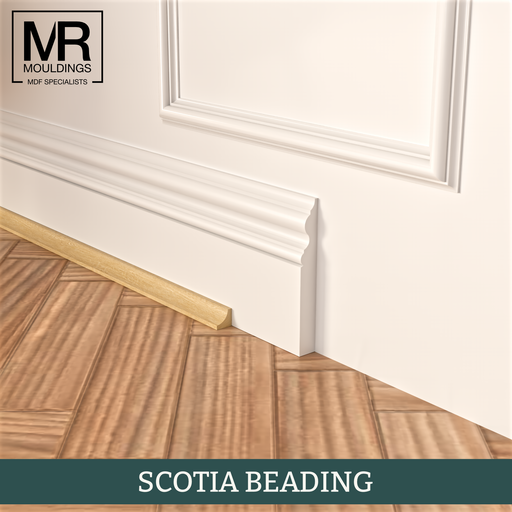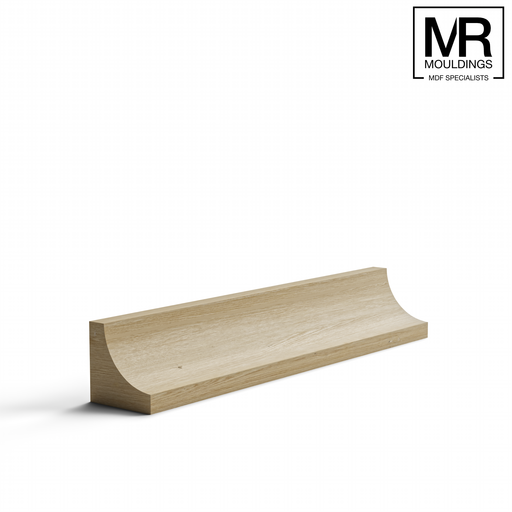What Is Beading and How Is It Used?
Beading refers to small, decorative mouldings used to finish and neaten edges, seams, or joints in woodwork and panelling. It’s commonly used to add subtle detail to furniture, cover expansion gaps, or frame panelling and trims. Beading is a finishing touch that transforms a rough edge into a refined design element.
Types of Beading Profiles Available
We offer a variety of decorative beading profiles including scotia, quadrant, and staff bead. Each profile offers a slightly different appearance and function. Scotia is ideal for soft corner transitions, quadrants fit neatly into 90° angles, and staff bead provides an elegant curved detail often used in traditional windows and doors.
Ideal Applications for Timber Beading
Wooden beading is a highly versatile product and can be used in numerous ways—around doors, windows, skirting boards, and wall panelling. It’s also popular for furniture projects like cabinet edges and bookcase detailing. For flooring, beading is often used around the perimeter of to cover expansion gaps between the floor and skirting.
Timber Beading for Easy Finishing
Our Softwood & Hardwood beading range is smooth, stable, and primed for painting—ideal for those who want a flawless finish with minimal prep.
Benefits of Using Beading in Interior Projects
Beading not only enhances the appearance of your space but also serves a functional purpose. It protects vulnerable edges, conceals gaps, and helps tie different architectural features together. It’s a simple addition that adds depth, texture, and visual continuity across your interiors.
Customisable and Easy to Install
Our interior beading trims are designed for easy installation. Whether you’re fixing with adhesive or using nails, the process is straightforward. All profiles can be cut to size and painted or stained to suit your space. We also offer various materials and finishes to ensure a match for your existing decor.


